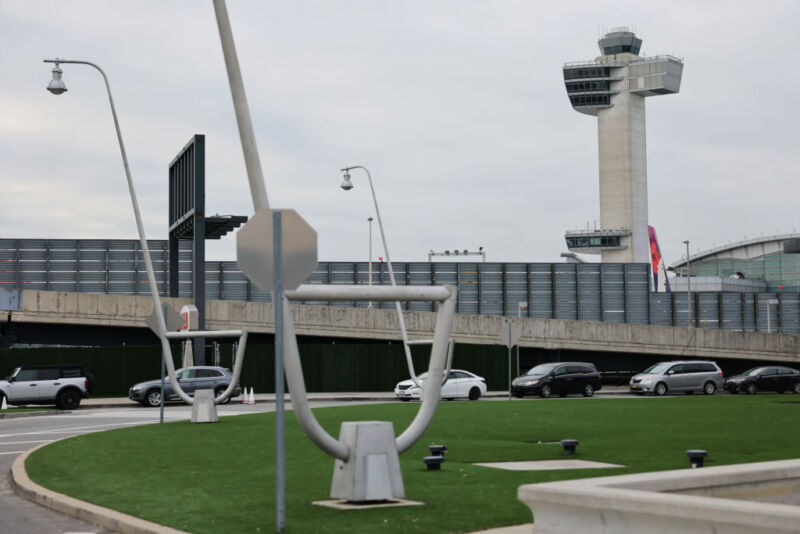
Late in the evening of January 10, 2023, a major digital system known as NOTAM, operated by the Federal Aviation Administration, went offline. The FAA was able to provide the pilots with necessary information overnight using telephone backup, but the stopgap could not keep up with the morning rush hour of flights, and on January 11, 2022, the FAA shut down all commercial flights in the air to the ground. US Nearly 7,000 flights were canceled in total. Brian Strzempkowksi is the interim director of the Center for Aviation Studies at Ohio State University and a commercial pilot, flight instructor and dispatcher. He explains what the NOTAM system is and why planes cannot fly if the system fails.
What is NOTAM?
Aviation is full of abbreviations, and Notice to Air Missions, or NOTAM, is an acronym that pilots learn early in their training. A NOTAM is simply a message distributed to flight crews on every aircraft in the US.
The NOTAM system is a computer network operated by the Federal Aviation Administration that provides real-time updates to crews on situations related to weather, infrastructure, ground conditions, or anything else that could affect flight safety. Trained professionals, such as air traffic controllers, airport managers, airport personnel, and FAA personnel responsible for national airspace infrastructure, can access the system and enter all the information they need to share widely.
Pilots, air traffic controllers and anyone who needs to be aware of flight conditions can access the NOTAM system and make necessary changes to scheduled flights. It’s like checking the traffic on your phone or the local news before you leave for work in the morning. A traffic alert informs you of potential hazards or congestion on the roads that could cause you to take a different route to work.
What is in the NOTAM system and how is it used?
NOTAMs are issued for a variety of reasons. Some announcements are good to know but don’t affect a flight, such as staff mowing grass along a runway or a crane working on a building next to the airport. Others are more critical, such as a runway closing due to snow, ice, or damage, forcing an aircraft to take off or land on a different runway. Changes in airspace access are also logged with a NOTAM. For example, the airspace is always closed over the president and when he or she is traveling; a NOTAM will alert pilots to changes in airspace closures.
Pilots review these NOTAMs during their pre-flight briefings. Generally this is done digitally using a computer, but pilots and air traffic controllers can also access the system by calling flight services briefers, who can share live weather and NOTAM information. Airline pilots also rely on their dispatchers to relay relevant NOTAMs not only before but also during the flight.
The NOTAMs themselves use a lot of abbreviations and are often cryptic to non-aviationists, but a small amount of text can contain a lot of information. Hundreds of different acronyms can convey a range of information, from taxiway closures to certain types of airport lighting that are out of order to a notification that some sidewalk markings may be obscured.
But not all NOTAMs are easy. I remember once seeing a message from an airport warning pilots that a fire department was setting a house on fire in a controlled manner.
Why can’t you fly if the NOTAM system doesn’t work?
The Federal Aviation Authority requires flight crews to review NOTAMs before each flight for safety reasons. Without access to this information, an aircraft cannot legally take off because there may be an unknown danger ahead.
For example, a pilot departing from Seattle to fly to Miami needs to know that the Miami airport is open, that the runways are clear, and that all navigation resources, such as GPS signals and ground navigation antennas, that a pilot can use while working in the air. Theoretically, they could call the Miami airport and ask, then call the person who oversees all navigational aids on their route, but that would take a lot of time. A much more efficient way to collect this information before and during a flight is to use the NOTAM system.
The NOTAM system is ultimately about safety. If the system doesn’t work, pilots can’t fly as safely. It’s not for nothing that planes don’t go anywhere unless the NOTAM system is active.
Brian Strzempkowski is interim director of Ohio State University’s Center for Aviation Studies
This article is republished from The Conversation under a Creative Commons license. Read the original article.

